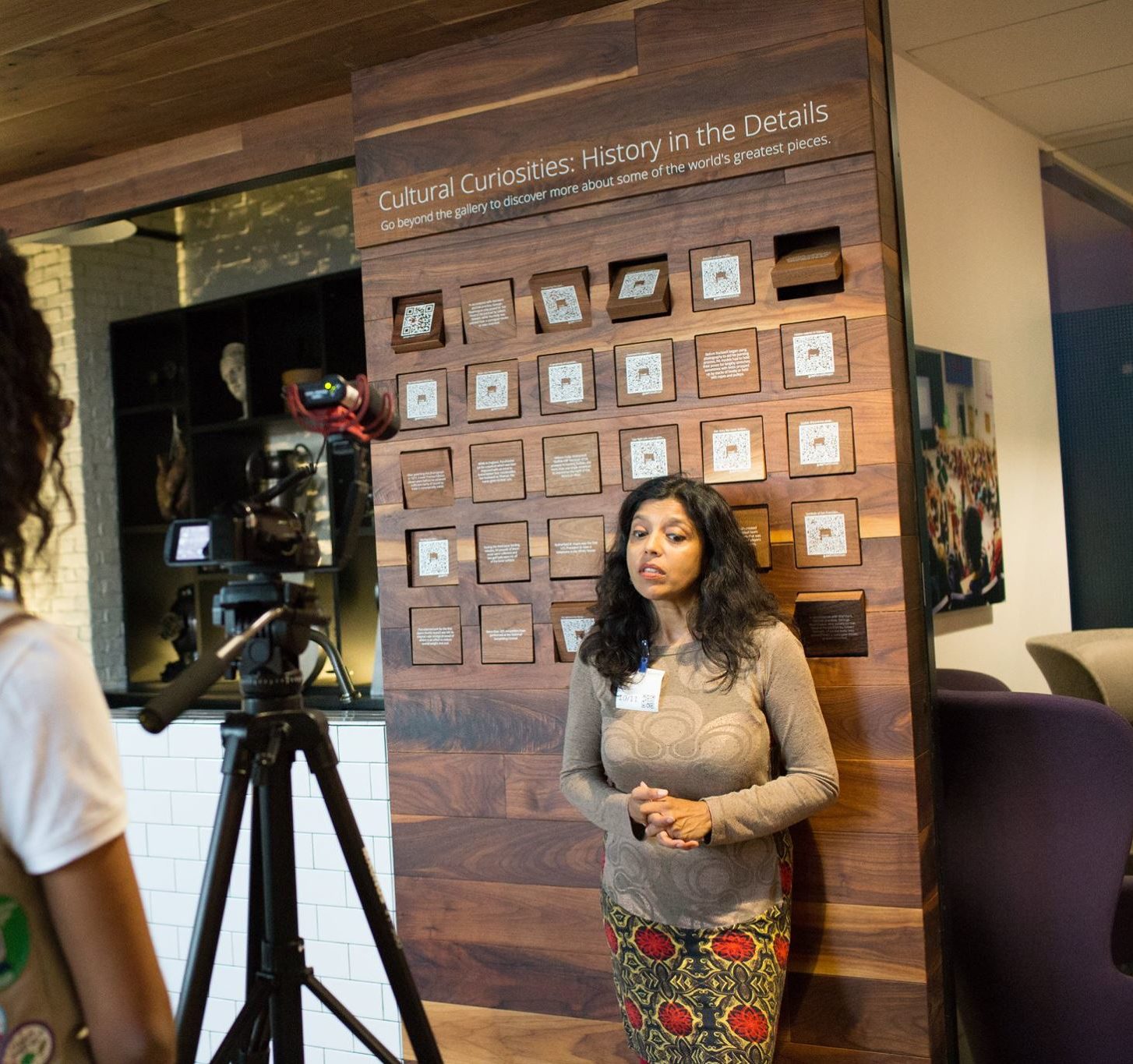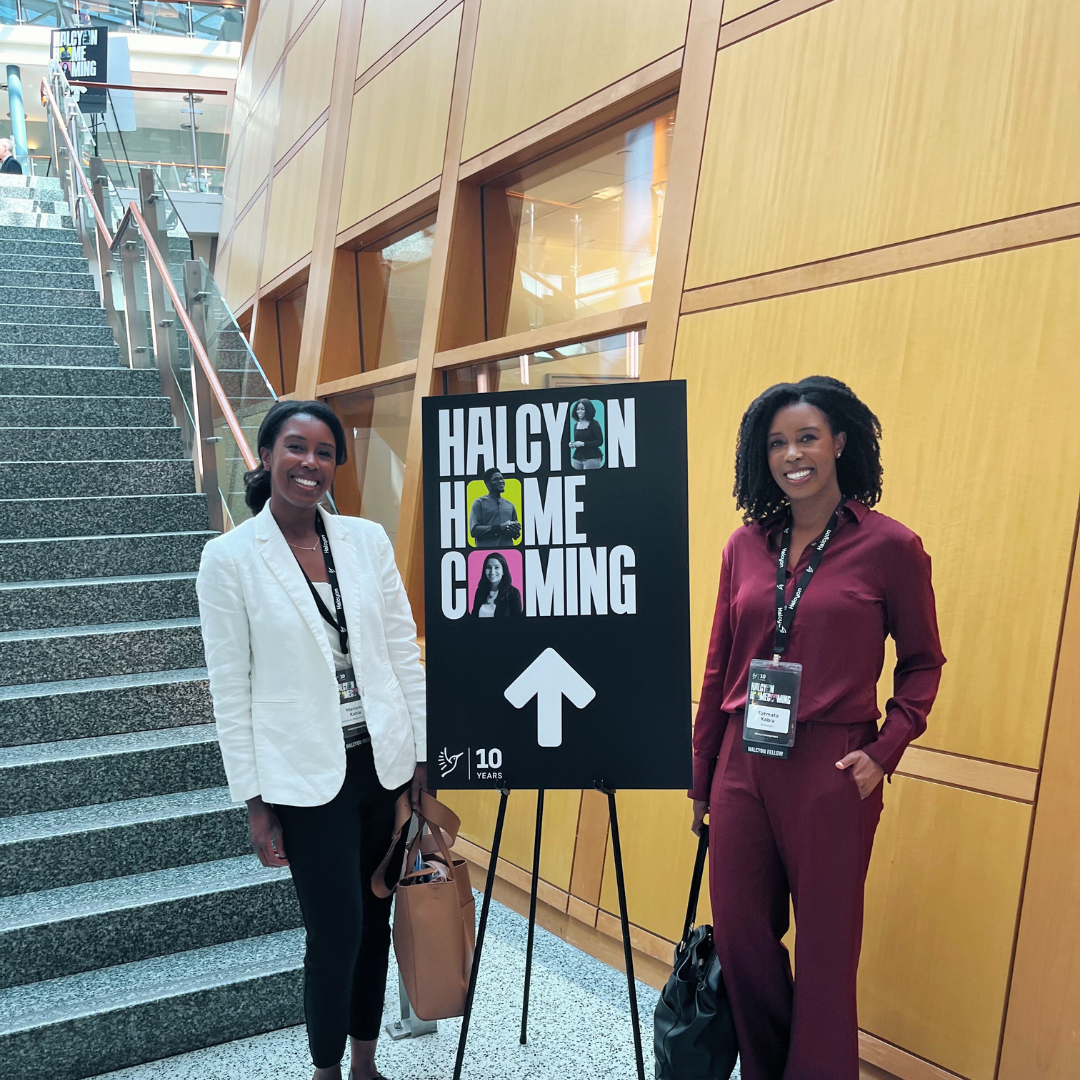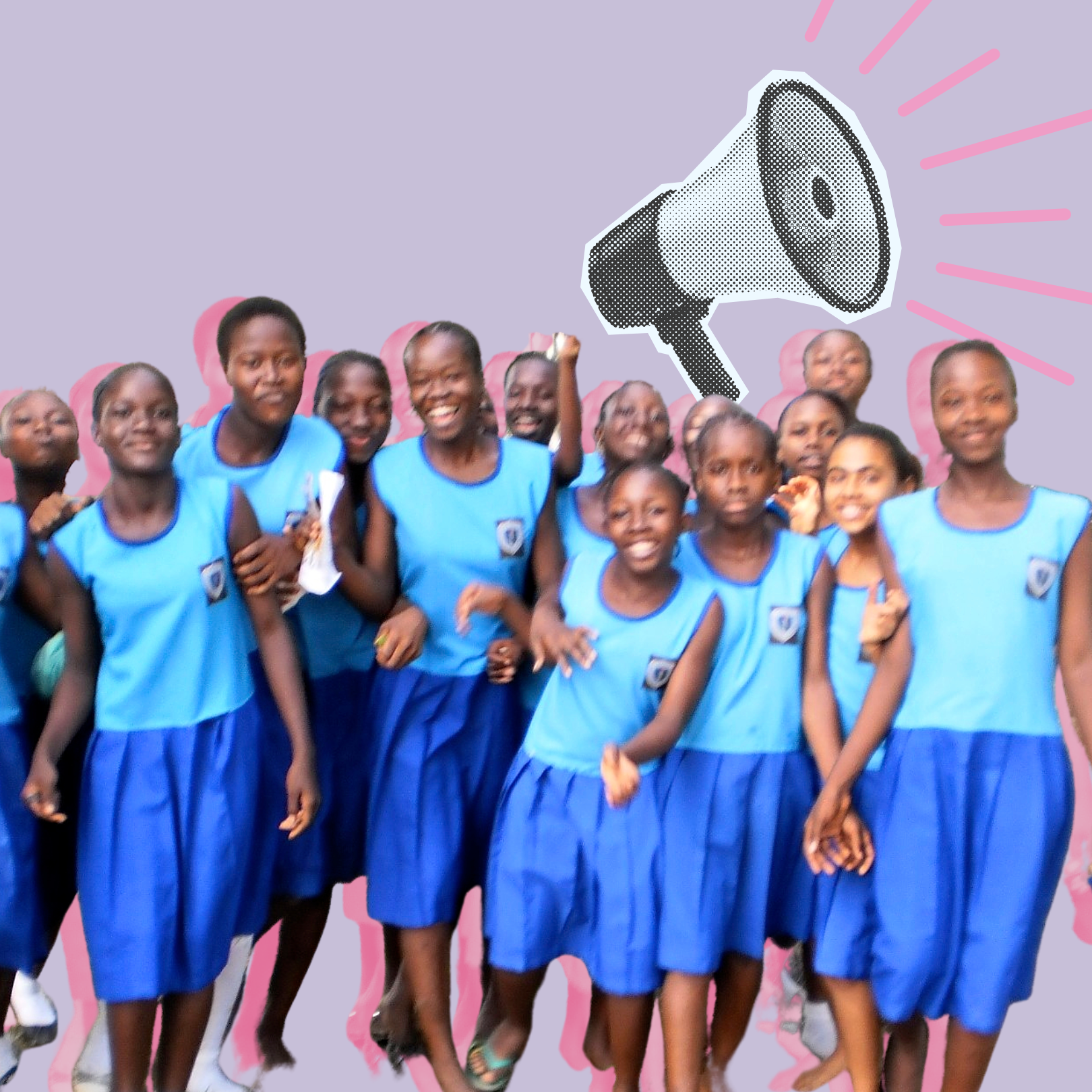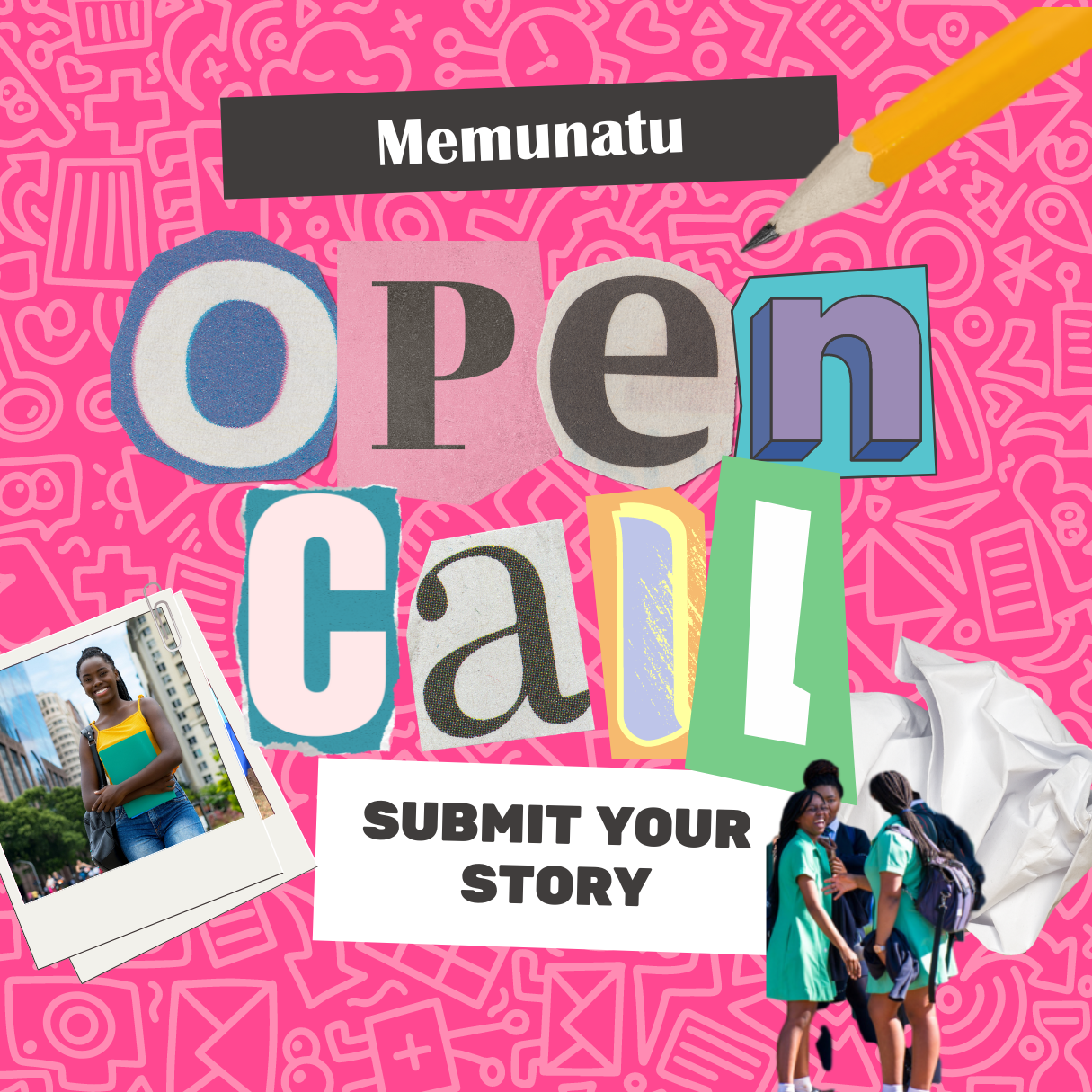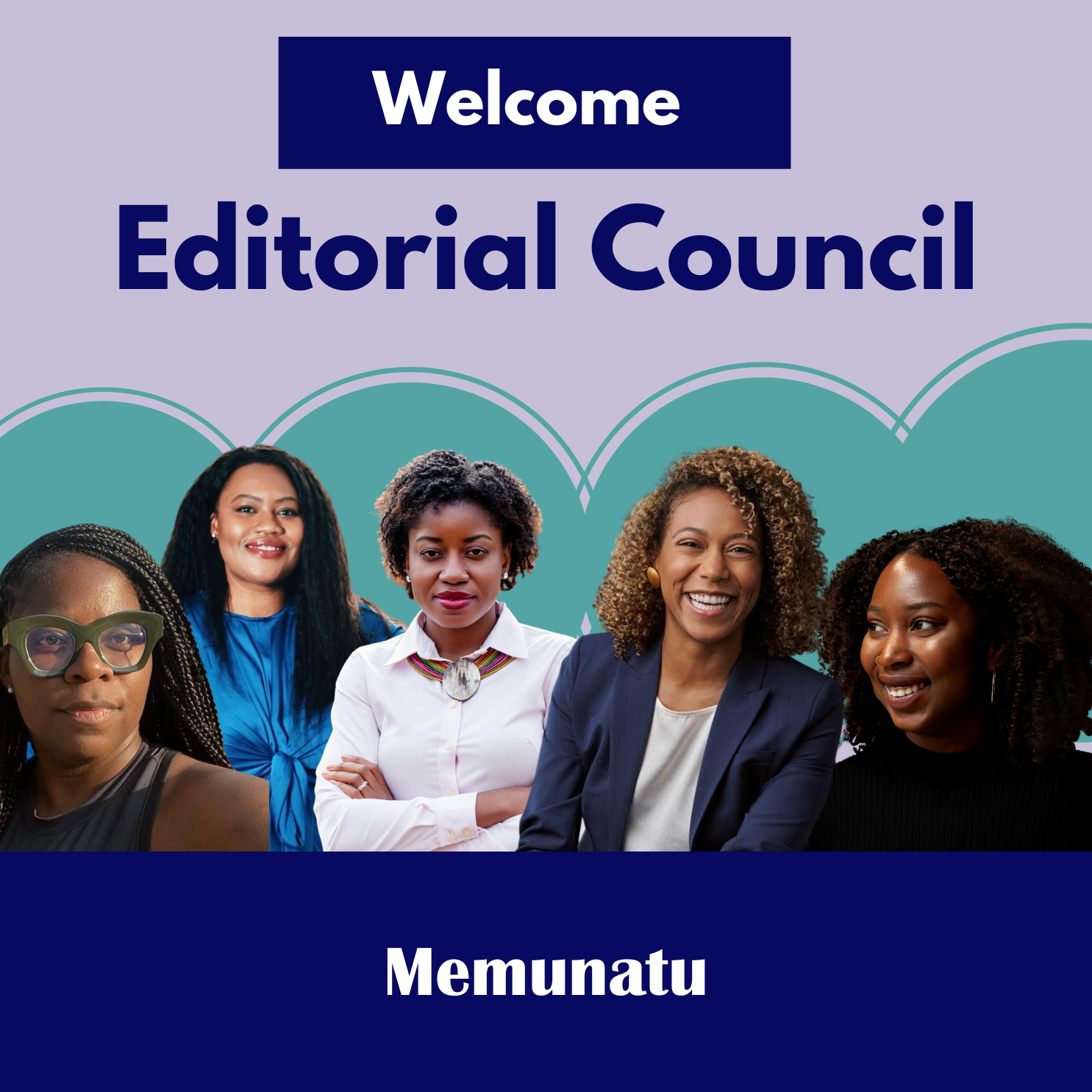 With the climate change and female empowerment a major focus in people’s conversations, it seemed only fitting to catch up with one of the speakers from last year’s Day of the Girl event Memunatu hosted. Monica Jahan Bose is an artist and activist whose works largely deal with topics such as climate change, gender, and identity. She works across different mediums, recently focusing on art installation(a sculpture-like artwork that often affects the way we experience a gallery space) and film to educate and impact audiences’ perceptions on climate change. Her work is a continuous conversation she is having with viewers, and she invites them to participate, not just react. Her interest is in sharing ideas, experiences and knowledge.
With the climate change and female empowerment a major focus in people’s conversations, it seemed only fitting to catch up with one of the speakers from last year’s Day of the Girl event Memunatu hosted. Monica Jahan Bose is an artist and activist whose works largely deal with topics such as climate change, gender, and identity. She works across different mediums, recently focusing on art installation(a sculpture-like artwork that often affects the way we experience a gallery space) and film to educate and impact audiences’ perceptions on climate change. Her work is a continuous conversation she is having with viewers, and she invites them to participate, not just react. Her interest is in sharing ideas, experiences and knowledge.
We sat down with her to talk about her work and future projects. Our conversation quickly veered into the effects of climate change on our planet more than her art. Then again, it’s this passion for the environment that drives her work and keeps her creating:
MM: You consider yourself an artist and activist, to me it seems the two are inseparable. Do you agree with that statement?
No I don’t necessarily agree with it. I think a lot of artists are solely interested in personal expression or the aesthetics. An artist and an activist means that you are trying to focus on social change in some meaningful way.
When I was younger my art was not activist at all; I was doing landscape paintings, portraits. They were beautiful and interrogated certain artistic issues maybe, but they were not activist in any way.
MM: What made you change?
I was in art school in India, and was in a graduate program there. I realised I was very interested in social change and I wanted to incorporate tangible activism into my work. I actually left art school and went to law school, studied human rights and international law. I ended up having parallel practices for a while; organizing grassroots work on women’s issues, labor issues, and also had a studio practice, which really wasn’t engaged with those issues.
When I was younger I didn’t think that art could make much of an impact in terms of changing the world, and I was wrong. I think in many ways you have to reach people’s hearts and imaginations to have them change on social issues that are new. So I think in many ways art and culture can change the discourse, but you have to figure out how to do it.
MM: You use a lot of installation and performance in your artwork? Why is that?
I feel like real art activism shouldn’t just be making symbolic paintings. I also try to have a little more impact, and it’s hard to say what kind of impact I’m giving but at least I am having conversations with people. I use performance as a way of physically bringing people together and to feel solidarity. With my performances I usually try to take them outside so that people can really feel connected to the earth, the wind, the water and the rising sea.
MM: Could you explain a bit about your art project in Hawaii and what it was like to work on a project that tied other cultures and perspectives? Did you learn anything new form it?
I got the opportunity to go to Hawaii with the Smithsonian and I had about three months to work on that project and I connected with some poets, activists and students there. We created this climate ‘art action’ together. And I see it as a community building activism, because through my art and these projects I get to meet people and I learn about their community and what are their views, what are the impacts from climate change and other issues there. It’ s really adding to my own knowledge and understanding and I stay in touch with these people.
I saw a lot of parallels between Hawaii and Bangladesh. One of the things I found fascinating was language. The Hawaiian language, which was suppressed by the Americans when Hawaii was, annexed as US territory; the Hawaiian language was banned in schools. The children were beaten in schools for speaking Hawaiian. As a result they lost their language. In Bangladesh we almost lost our language when we were a part of Pakistan, they tried to impose Urdo as the national language, and Bangladesh, the Bengalis were the majority of people—there were big demonstrations, people were killed. Ultimately the Bengalis succeeded and ultimately broke away from Pakistan.
It was so interesting for me to see the connection between language and identity and being able to stand up for your rights, through climate change. I met these poets who were writing poetry in Hawaiian. They lost their language and now it’s come back to life, they decided to revive their language recently, around the seventies. It was revived in the universities there. They started having these immersion schools for children where the parents didn’t know Hawaiian but the children were learning it in school. There is this whole movement in Hawaii for people to reclaim their heritage.
We did a collaborative performance in the end; we incorporated some Hawaiian rituals, poetry and music. There were a couple of poems recited and then we sowed a sari together with other saris and took it to the streets. We walked all the way to the ocean. We did some water-based rituals (Hawaiian and Bengali) to feel connected to the earth. People that didn’t even know what was going on joined in.
I’m also trying to bring solidarity between Island and Coastal people, because those are the ones that are on the front lines of climate change. No one is really thinking about them.
MM: Can you tell us a bit about your next project? It’s in Paris.
It will be a discussion on climate change, art and activism. Then I am going to do this collaborative “art action” at a gallery in the Marais. I am going to be working with a Paris based printmaker I know. We are going to have this all day “art action” where people are going to come in and do print making about climate change with us on a sari and on paper. It’s going to have some phrases from the Paris Climate Agreement. I think it is going to be fun and interesting. I think it will be the beginning of a conversation.
Interview has been edited for brevity and clarity
By Vanessa Dos Santos
Editorial Intern
